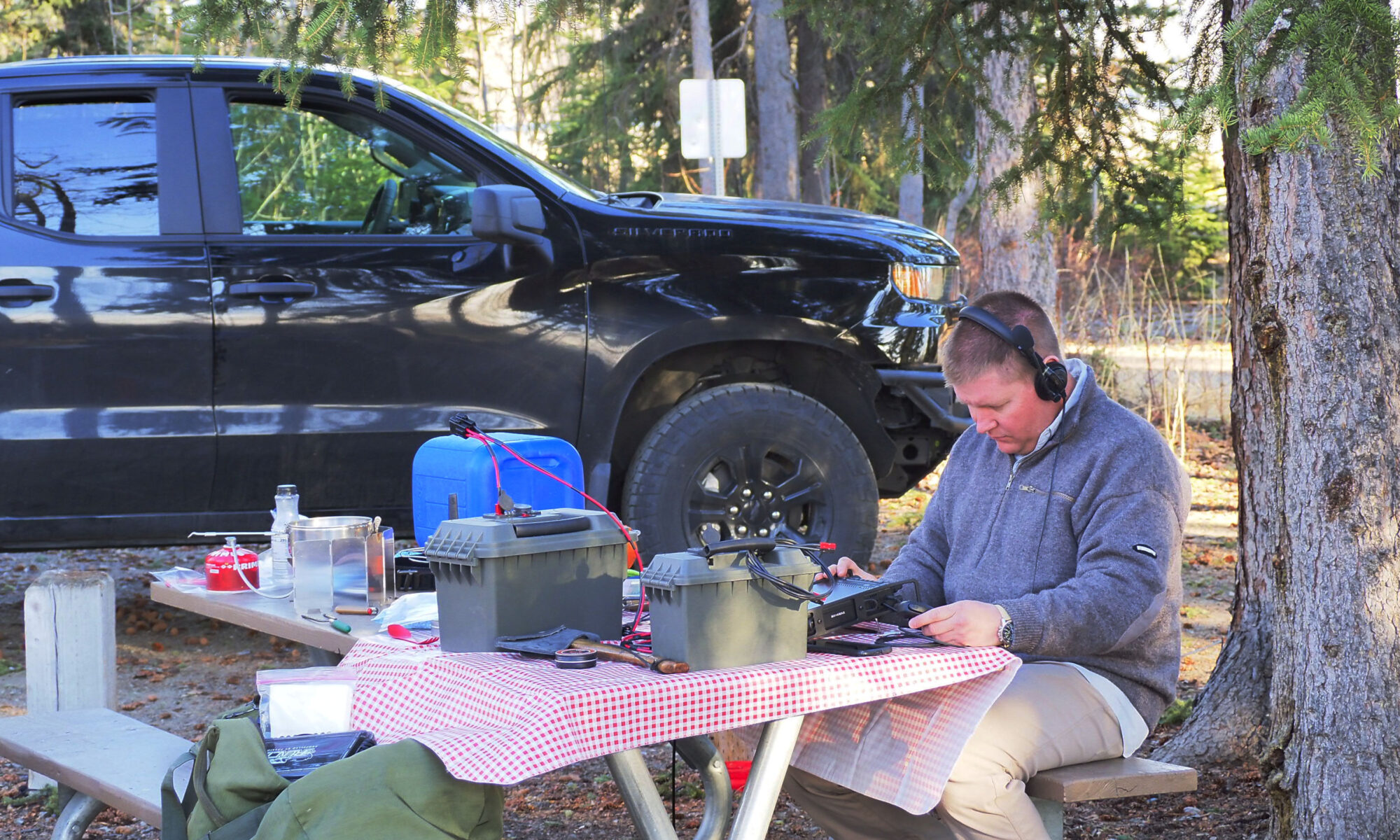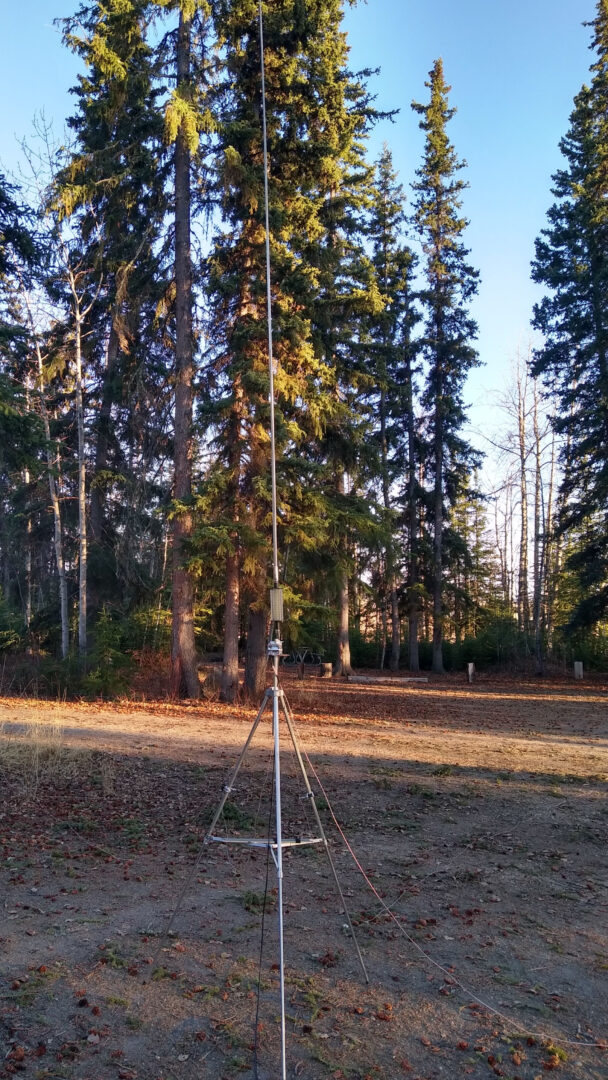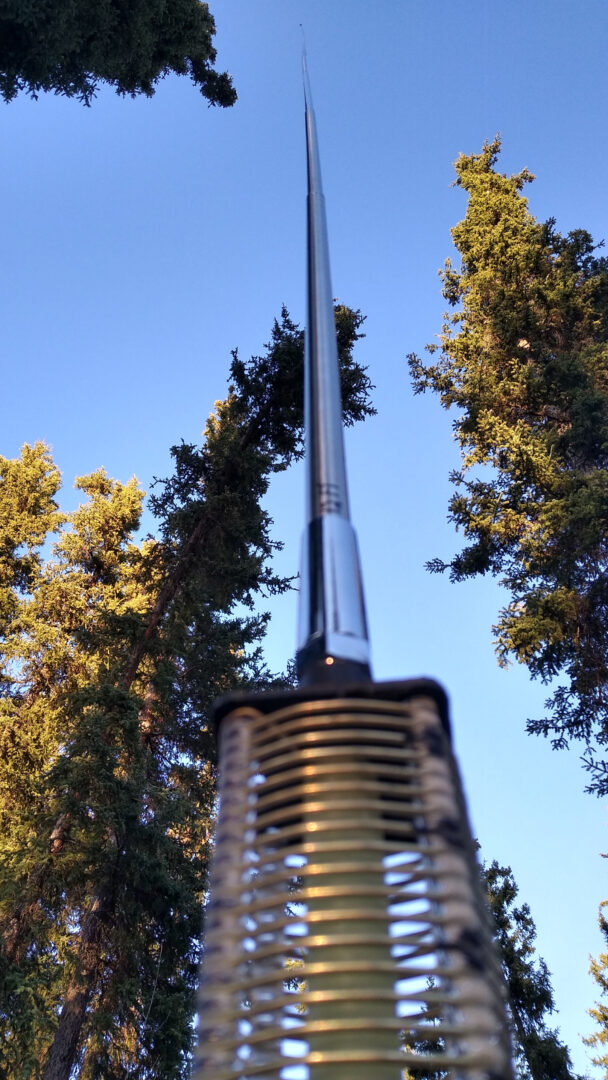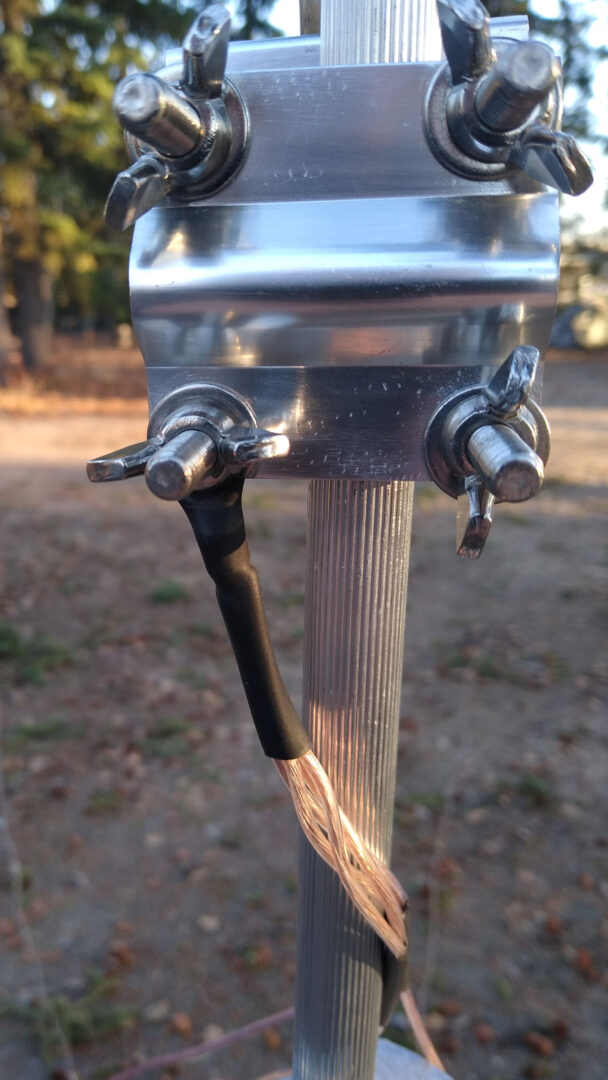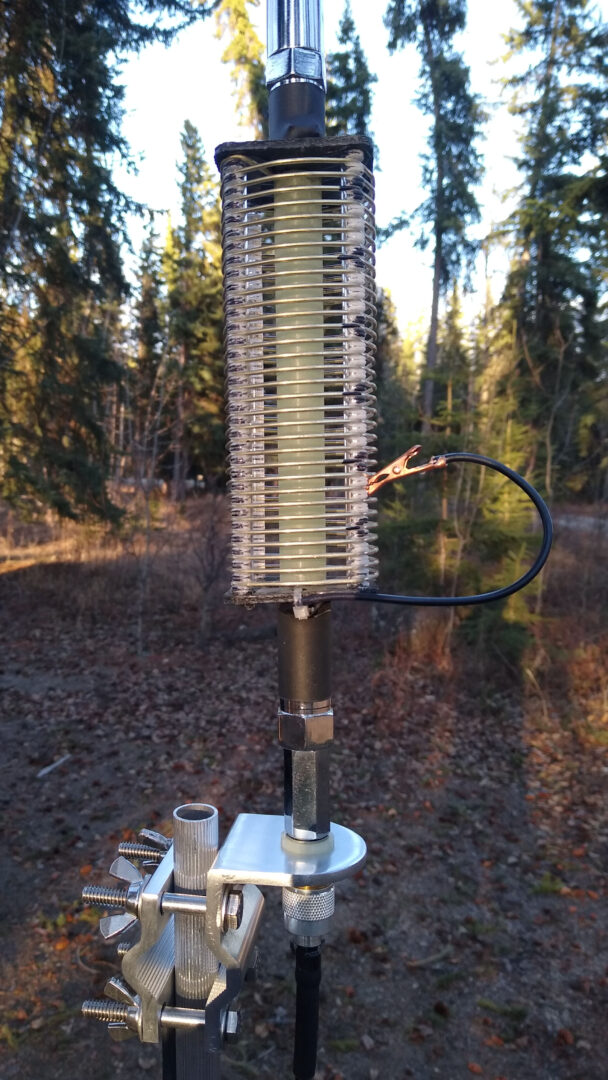Failed: 2021-05-08
When you operate from the field sometimes you do activations, and sometimes you learn how not to do activations. This trip was more of the latter . . . .
After my first POTA activation life got in the way for a while, and it wasn’t until the following May that I was able to get out again. My chosen park was Tok River State Recreation Area, a nice campground and picnic area located up near Delta Junction, Alaska.
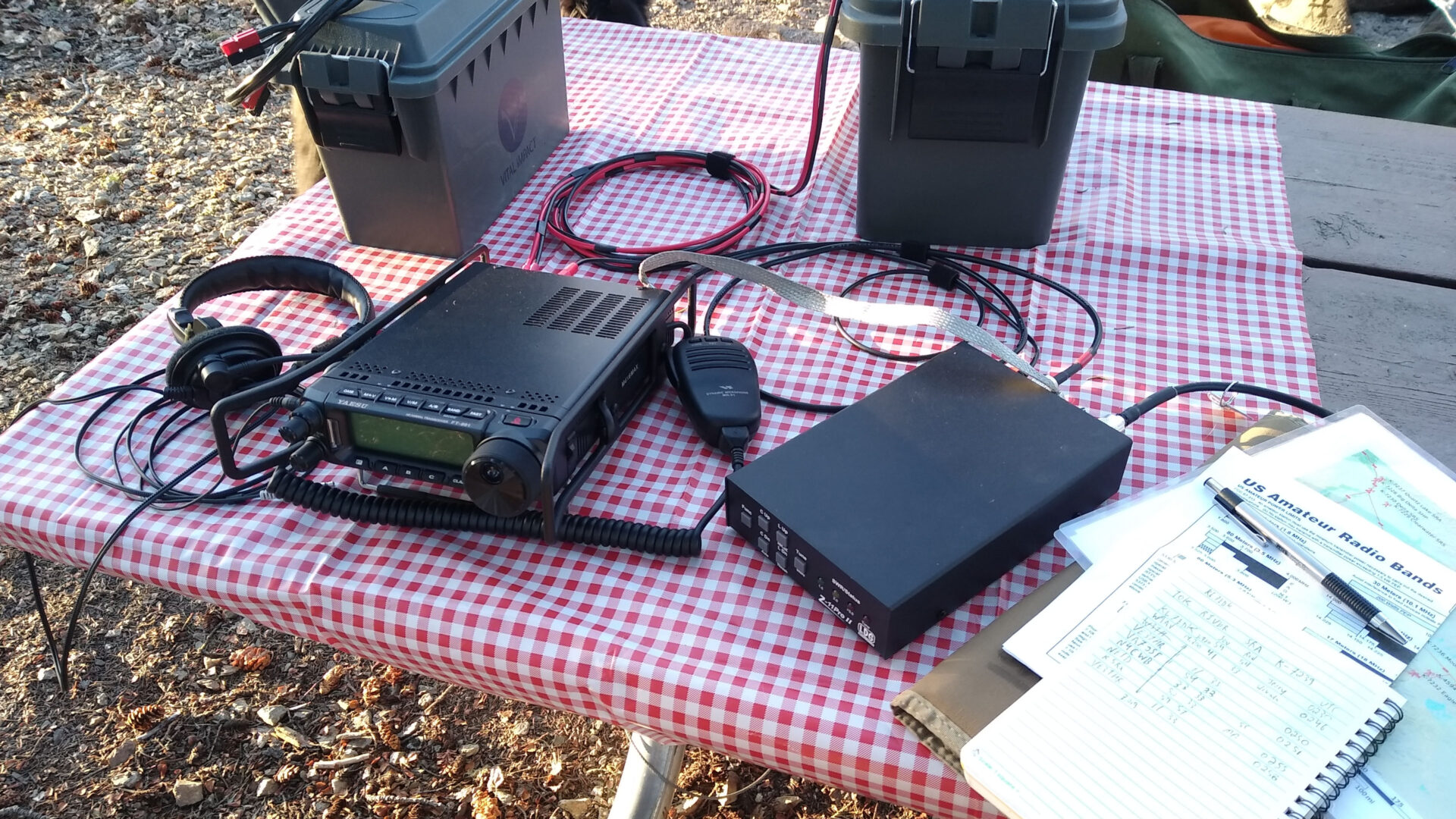
A lot of things were going my way on this trip:
- I had added an LDG tuner to my arsenal, allowing easier tuning of field setups.
- My dual battery packs were well tested and reliable.
- I had worked the bugs out of my solar setup, allowing recharging in the field.
- I could recharge batteries on the road using a power pole tie-in to my truck’s electrical system.
- My familiarity with the Yaesu 891 was getting better
What didn’t go my way were the band conditions, and timing.
Basically I didn’t have a solid strategy as far as band conditions, power usage, and activation times. On the first morning of operating I burned up a bunch of battery power calling CQ on 40 meter SSB, and when I finally switched to 20 meters the bands were not cooperating at all. I had a few contacts, but not the required ten.
Another thing which I’m sure hurt my chances was where I set up the antenna. I had brought a tripod which allowed more freedom in where I set up, since I wasn’t tied to the truck. However, I still set up mostly within the trees out of convenience, rather than taking my gear out to a truly clear area. A vertical antenna set up among vertical trees is a sure recipe for problems.
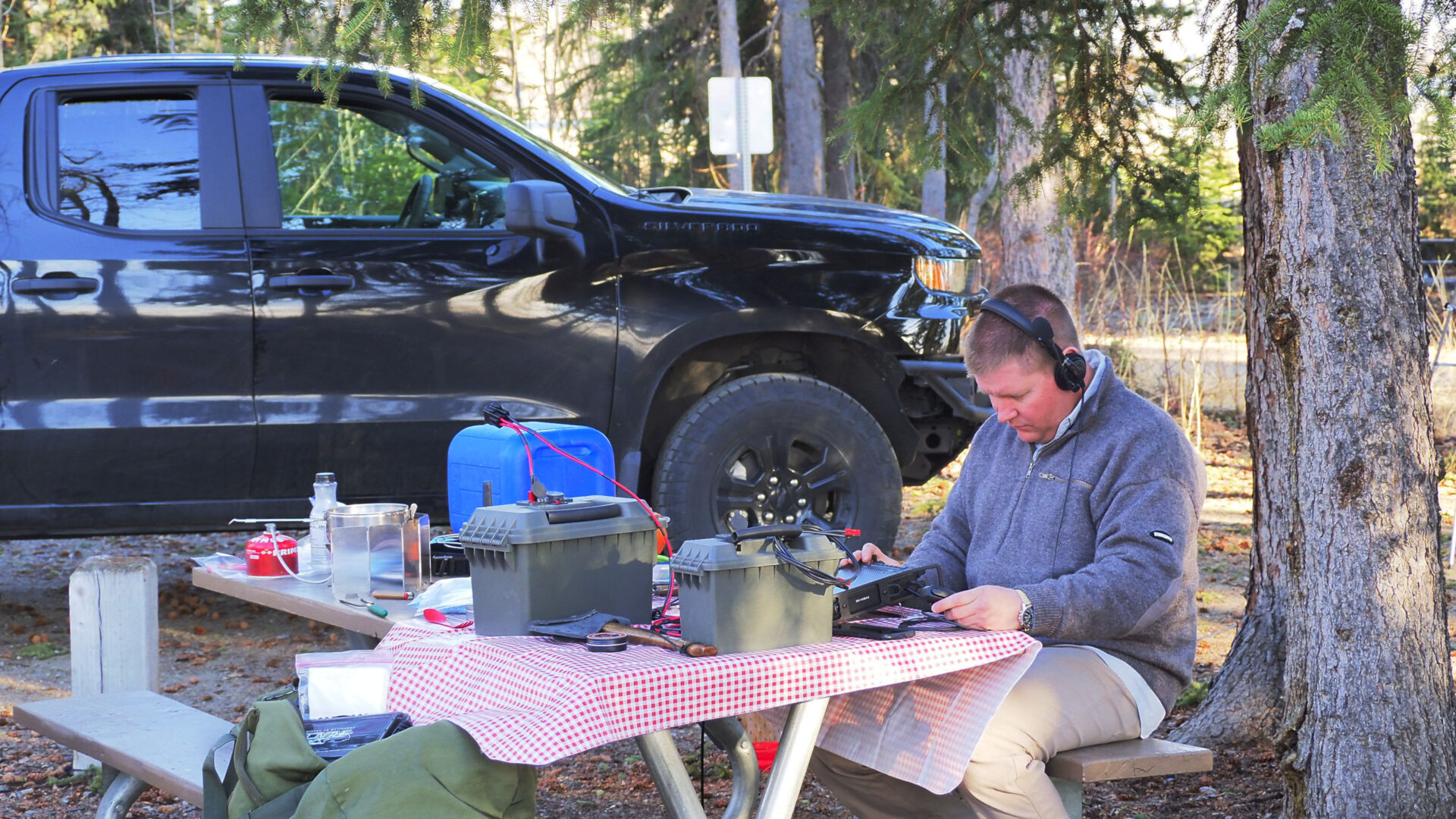
For my next attempt I recharged my gear during the day, and then planned to operate in the evening. The UTC clock had ticked over to a new day though, and so I was starting from zero QSOs again. Band conditions were not great that night either (trees were probably still a factor), and I came up short a second time . . . just as my batteries died again.
All in all I was able to snag 11 QSOs over two UTC days, which didn’t qualify for a clean activation. Still, it was fun, and a worthwhile learning experience.
Updated 2022-11-28

